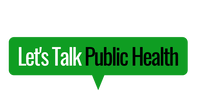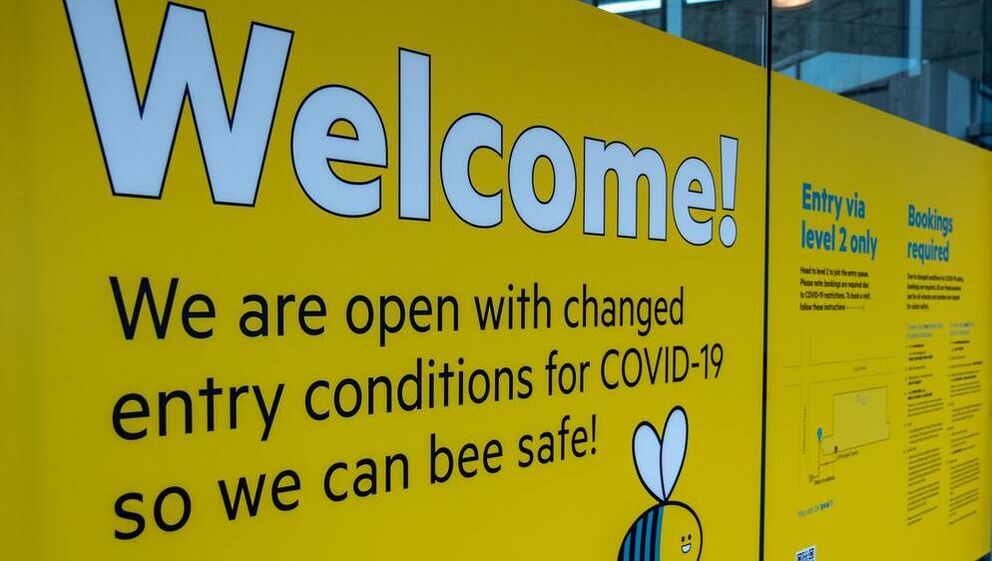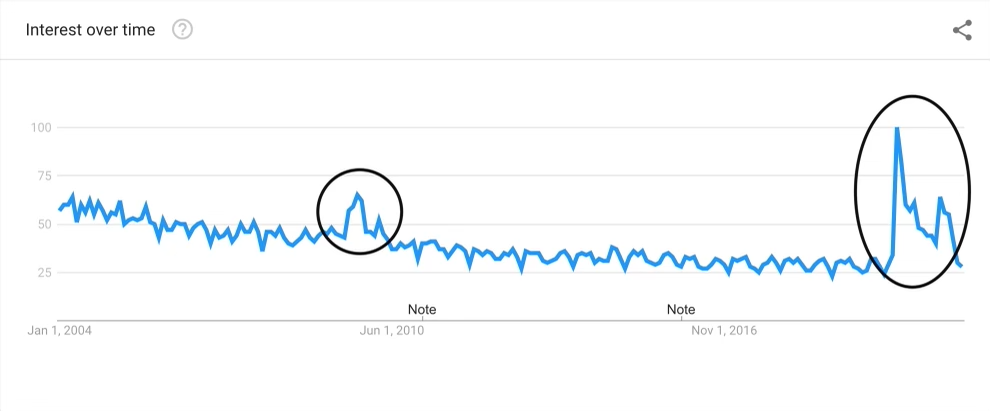|
Welcome to Let’s Talk Public Health! Phew — 2020 and 2021 have proven to be trying years for public health. Public health had a major publicity problem before the COVID-19 pandemic reared its head in December 2019. The general public had little interest in public health, and cross-sector leaders had limited understanding of public health. With the pandemic, public health has become front and center. Many people who had never heard the term “public health” or cared enough to know what it meant, have been jolted into the world of epidemiology and disease control. You can see from Google Trends data that “public health” has had two massive spikes in interest in the last two decades: around the Swine Flu pandemic (2009) and the COVID-19 pandemic (2019). Question: Why does it take a pandemic to get public health on the radar? The COVID-19 pandemic has contributed to a public health awakening of sorts. In addition to increasing awareness of public health, the pandemic has boosted interest in undergraduate and graduate public health programs, and spurred new interest ($7.4B in federal funding) in bolstering public health infrastructure and workforce. In fact, part of this new funding includes $250M in health literacy grants to promote COVID-19 vaccination and other protective public health responses in communities with underserved populations. Given that several state and federal government coronavirus websites are written at or above a Flesch-Kincaid 11th-grade level (a health literacy no-no), this funding is certainly needed. The pandemic has also highlighted the lack of public health infrastructure, capacity, and resources. For example, many local health departments lack funds for a Public Information Officer or communications team. This public health emergency continues to test the health communication skills of public health professionals, and has shown us that we all have room for improvement. Another question: Why does it take a pandemic for people to understand the importance of health communication skills? Even with the communication blunders--and also the death threats, misinformation, and political interference—I am optimistic that the realizations made during this period can only lead to positive change and improvement. What does health communication beyond the COVID-19 pandemic look like? Better. It must be better. There is already discussion happening around the future of public health, and what we need to do to better prepare and equip public health professionals to communicate effectively with the public, media, and cross-sector partners. Have you signed up for our newsletter? We’ve shared several articles that summarize missteps, guidance, innovations, and recommendations for health communication moving forward in our newsletter, LTPH Direct. Subscribe now to get this and more straight to your inbox. (No spam, promise!)
At Let’s Talk Public Health, we want to take an active role in this public health awakening and health communication discussion.
We’re on a journey to help public health students, professionals, and organizations increase the clarity, accessibility, effectiveness, and (we daresay) creativity of the health messages, materials, information, and data they create and share. Thank you for joining us and supporting us on this journey! Sincerely, Monique Thornton, MPH Founder, CEO
0 Comments
Your comment will be posted after it is approved.
Leave a Reply. |
�
Learn about our blog submission guidelines. >>
The views and opinions expressed by individual authors on this blog are their own and do not necessarily reflect the official policy or position of Let's Talk Public Health.
Categories
All
|
|
Highlights
Explore
Connect
|
© 2024 Let's Talk Public Health, LLC. All rights reserved. | View our Privacy policy | Terms of service | Disclaimer | Editorial policy.



 RSS Feed
RSS Feed